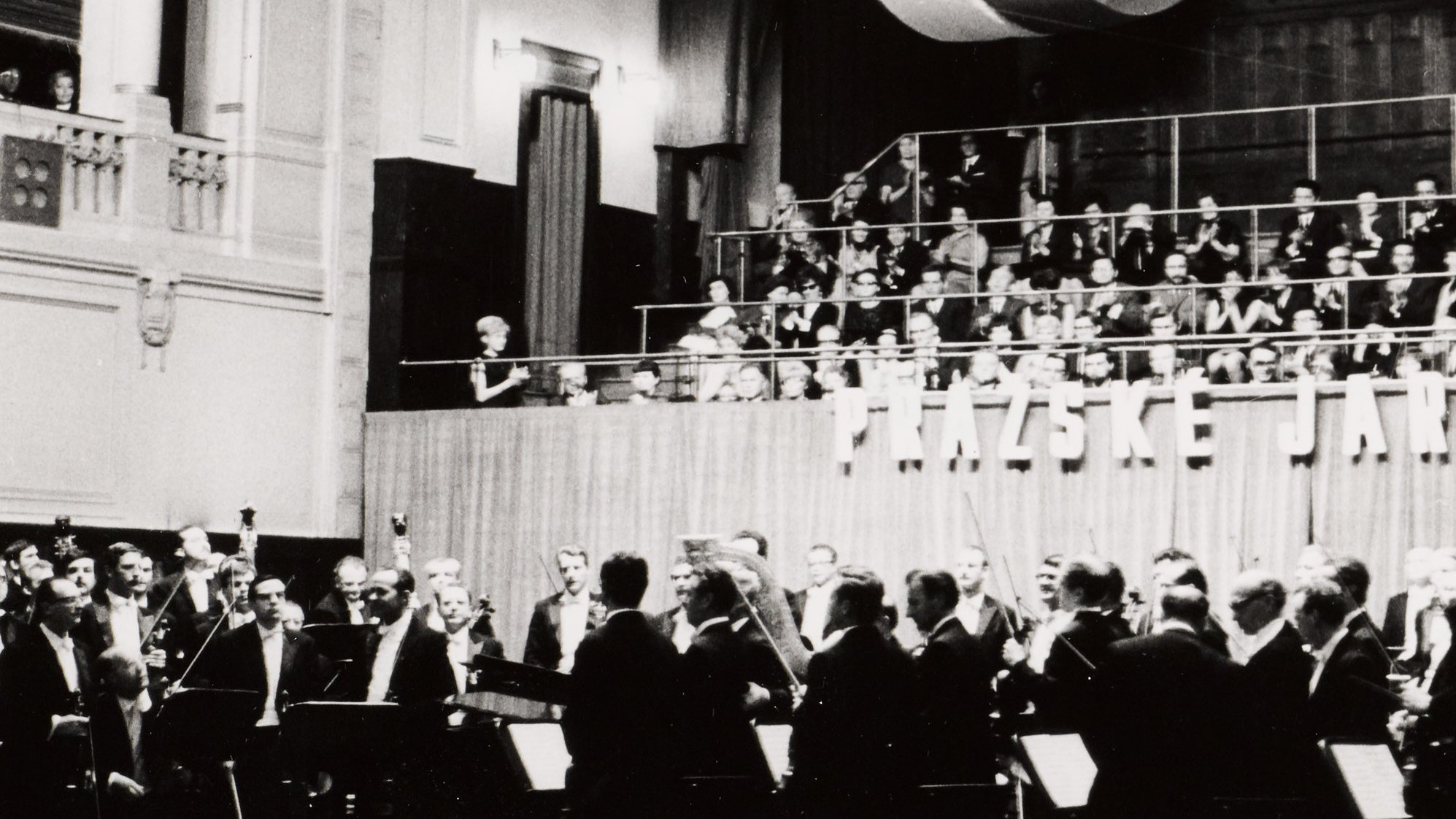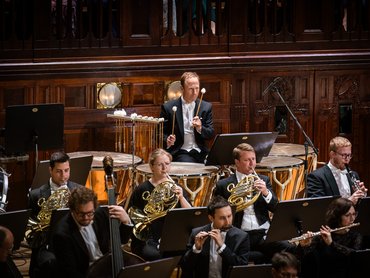
Übersicht
There are many great international music festivals – but there is only one “Prague Spring”. The secret lies in its unique blend of diverse qualities: a love of tradition mixed with curiosity for the new; pride in Czech musical culture alongside openness to international inspiration.
Prague is especially attractive in spring. Not only because people shake off the winter, the days get longer and sunnier and public life picks up on the streets and squares. For three weeks in May, the city on the Vltava River is the centre of the Prague Spring International Music Festival. The festival traditionally begins on 12 May, the anniversary of the death of the Czech national composer Bedřich Smetana.
According to festival tradition, events always kick off with a performance of the same work: the cycle Má vlast (My Fatherland), in which Smetana pays homage to the landscape, history and legends of his Czech homeland in six symphonic poems. Every year, the burning question is: who will play? Because every year the honour falls to a different orchestra. This season, the Berliner Philharmoniker and its chief conductor Kirill Petrenko are to perform Má vlast in Prague. Although they have been guests of the festival for many years, 2024 is the first time that the Philharmoniker opens the traditional “Prague Spring”.
A spirit of optimism and a milestone birthday
Most of us probably associate the term “Prague Spring” primarily with one historical event: the violent suppression of Czechoslovak reform efforts by Warsaw Pact troops in 1968. But by this time, the musical “Prague Spring” had long since become an established cultural event and a magnet for artists and audiences from all over the world. It all began in 1946: the Second World War was over, people were optimistic about the future, and the Czech Philharmonic was about to celebrate its 50th birthday.
To celebrate this event, the orchestra founded the “Prague Spring” music festival on the initiative of its chief conductor at the time, Rafael Kubelík. They invited outstanding international conductors and soloists, including Leonard Bernstein, Charles Munch, Moura Lympany and David Oistrakh. The Czech painter and graphic artist František Muzika designed the logo for the festival, which still enjoys cult status today: a curved “f”, which stands for the dynamic marking “forte” and simultaneously recalls the sound holes of stringed instruments.

Czech music takes centre stage
In the 79 years of its existence, the festival has evolved. At first, the Czech Philharmonic Orchestra performed all of the orchestral concerts, but major international orchestras soon joined forces at the “Prague Spring”; the Berliner Philharmoniker was first invited in 1966, under the direction of Herbert von Karajan. The orchestra is back this year, alongside the Philharmonic Orchestra of Milan's La Scala, the Orchestre Philharmonique de Radio France and the Orchestra dell'Accademia Nazionale di Santa Cecilia.
The 2024 Festival also features a baroque focus with renowned early music ensembles; solo evenings with artists such as Seong-Jin Cho, Iveta Apkalna and Miah Persson; a music competition; and several world premieres of works by contemporary Czech composers. However, one thing has not changed: The music of the great Czech composers Antonín Dvořák, Leoš Janáček, Josef Suk, Bohuslav Martinů - and of course Bedřich Smetana, whose 200th birthday is in 2024 and whose work is therefore even more in the spotlight than usual - is still at the centre of “Prague Spring”.

